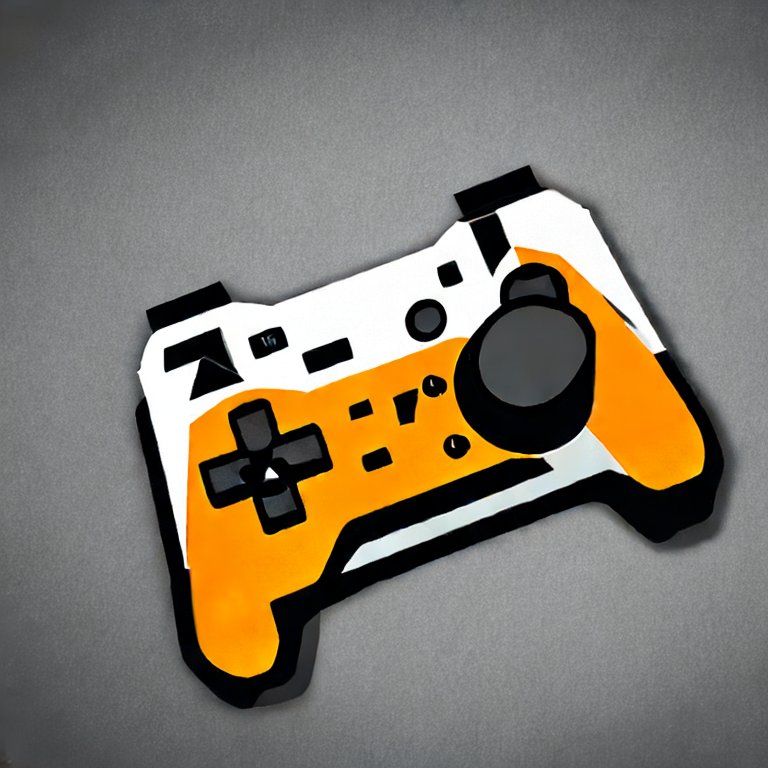

Actually the naming scheme you propose e.g. USB4 80Gb is the real naming scheme! It’s officially what the specification demands manufacturers label their products. “USB4 version 2” and so on are explicitly only the names of the internal standards that only concern people writing drivers or designing chips.
I have no idea what tech journalist are smoking. This has been a problems for so many years but they keep using the internal names. I mean nobody is complaining about having to always say “IEEE 802.11bn” instead of WI-FI 8









Ah i see kde has fixed the issue where dropdowns had broken behavior when scrolling https://invent.kde.org/frameworks/kirigami/-/commit/f6ca218607ff7e5d5066eb3224154c3256cb9516 this was my main blocker why i couldn’t use it when i tried it around 2020. Maybe i could give it another try?